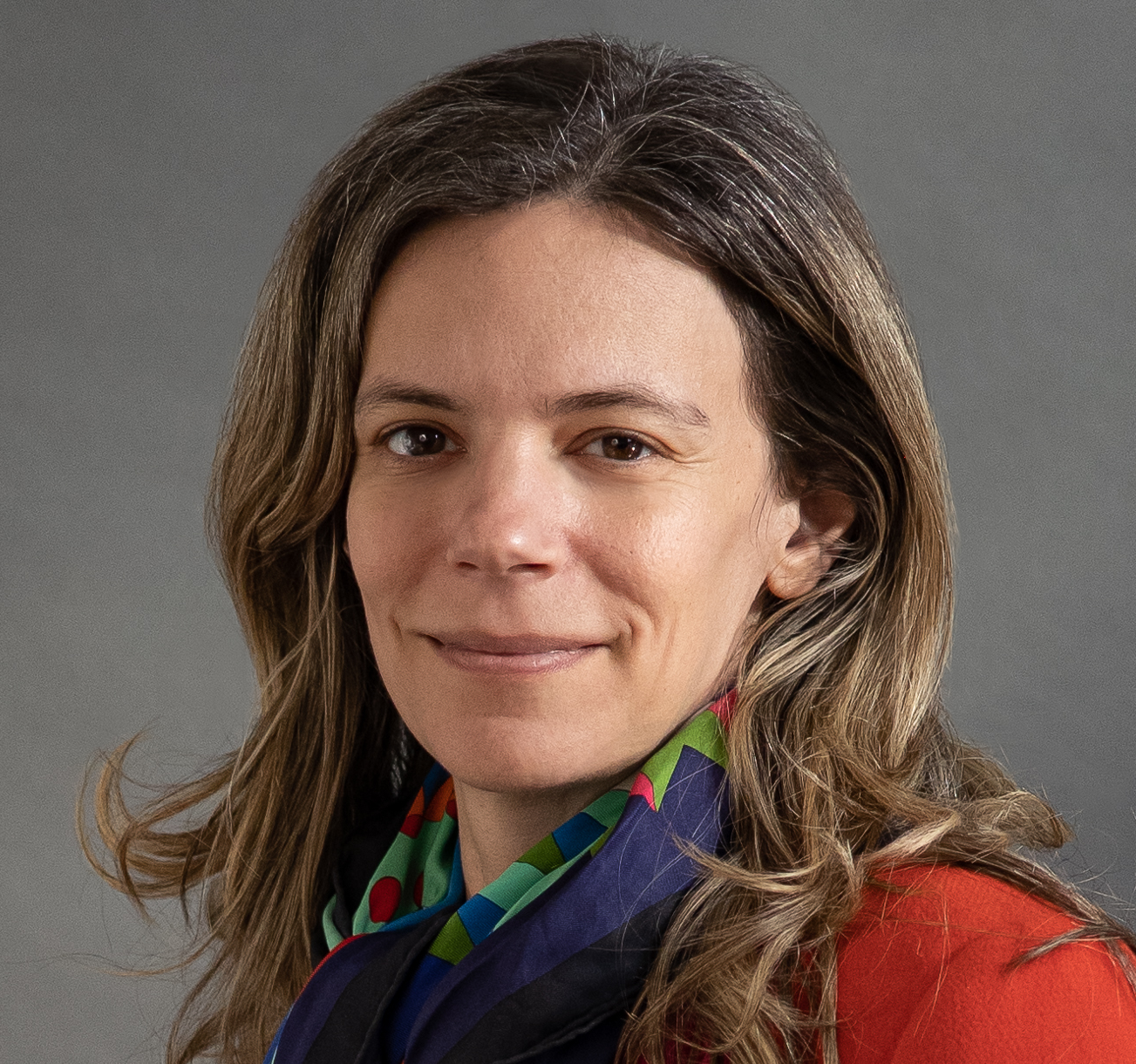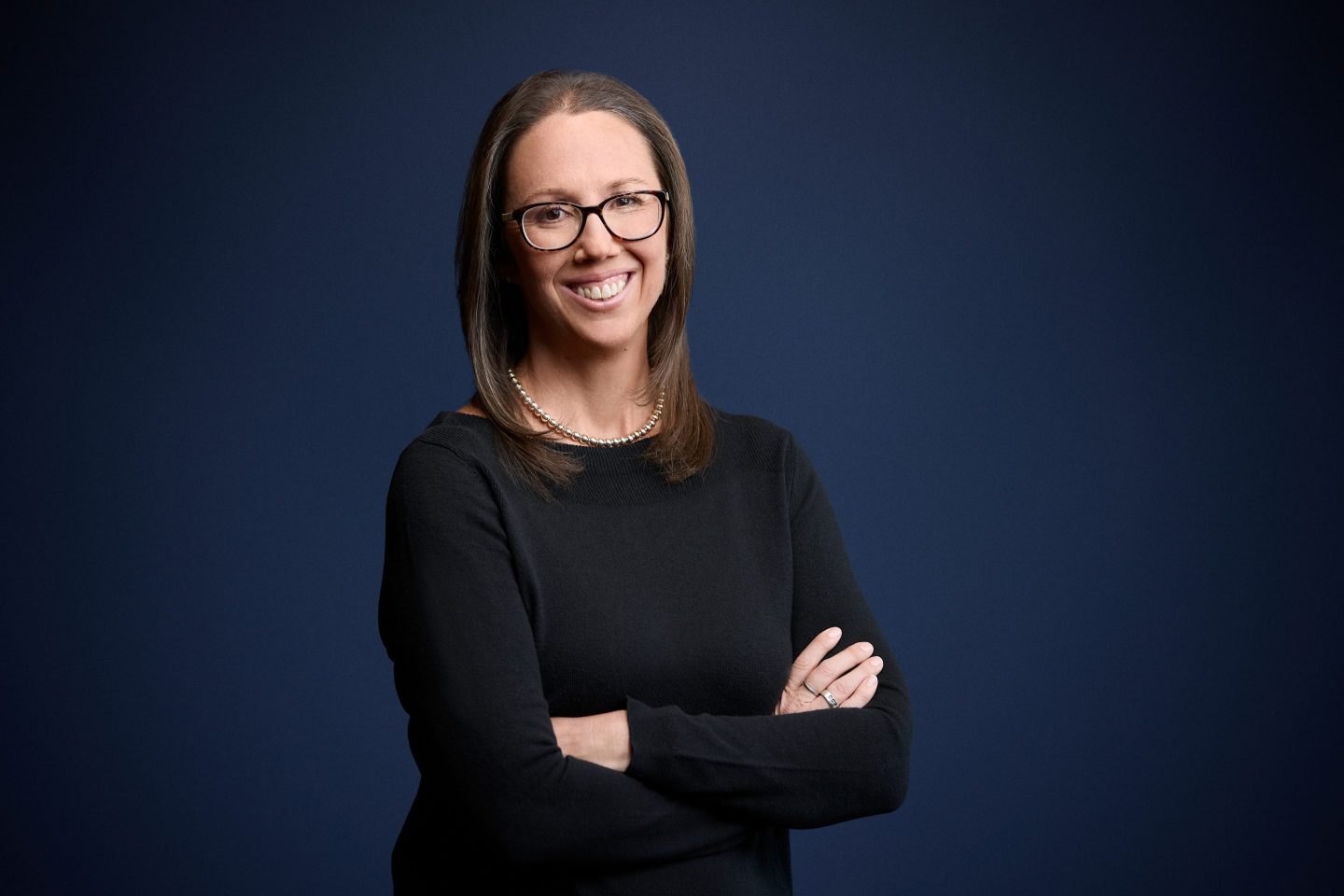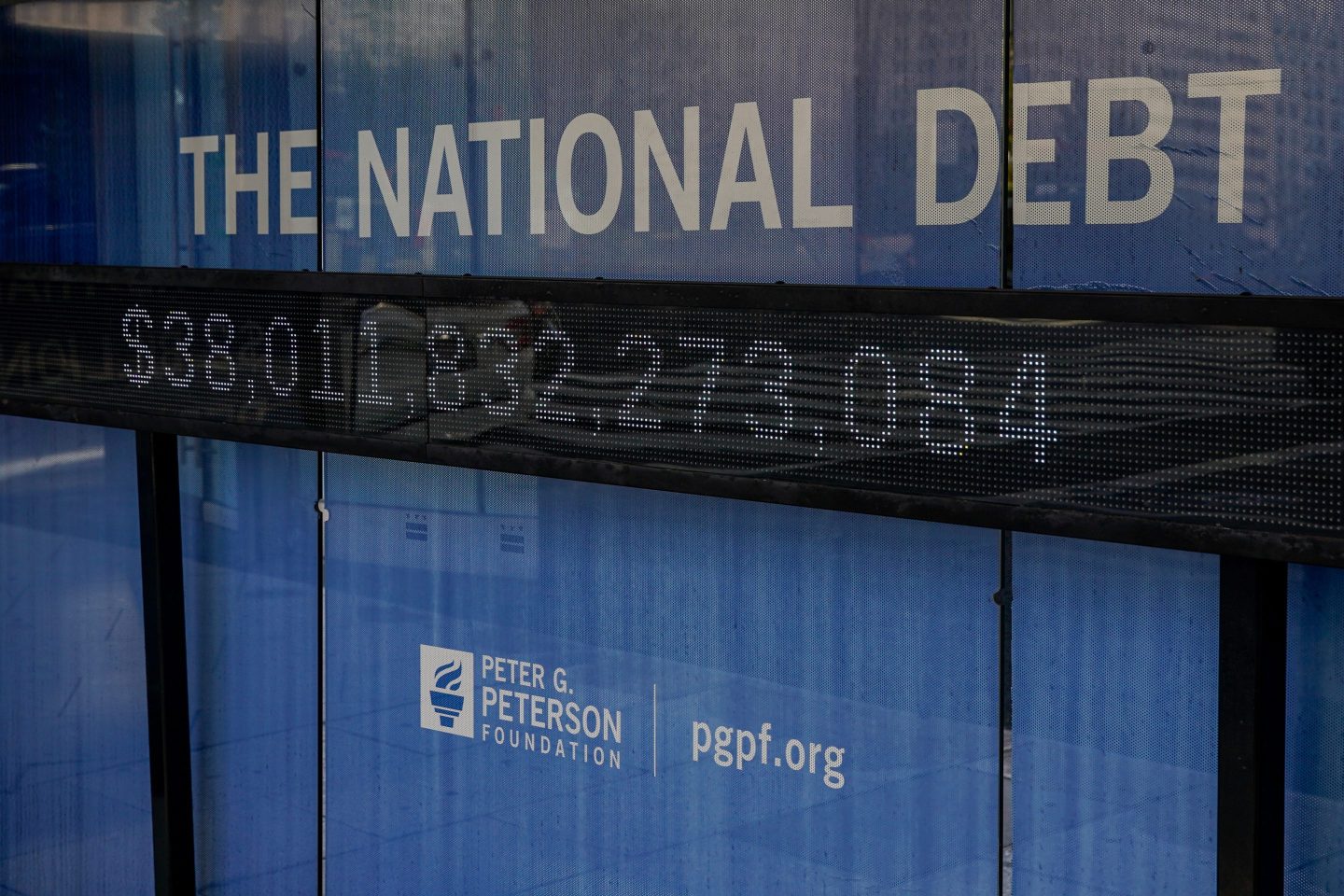There’s been one question on everyone’s minds this summer: team Conrad or Jeremiah? The Summer I Turned Pretty has become a pop culture sensation gracing the feeds of many people’s timelines. And after three successful seasons, the franchise is even getting a movie sequel. Just a few years before people were tuning into the drama of young adults stuck in a love triangle, watercooler talk buzzed around Netflix trilogy To All the Boys I’ve Loved Before.
But long before Jenny Han, the writer behind both romantic sensations, was scoring deals with Netflix and Amazon, she held down several gigs ranging from being a server at Olive Garden, nannying, and working as a librarian. It took years for her to take her stories to major streaming sites, but Han said she wouldn’t change a thing about her career come-up. If anything, her 9-to-5 reshelving books and observing reader obsessions helped her tap into a huge market with millions of devoted fans.
“I was a school librarian, and I was doing that as I was writing my books. And I think part of why I think the show, and also To All the Boys I’ve Loved Before, found an audience was that I’ve always been trying to understand my audience as a novelist,” Han recently revealed on the Marketplace podcast.
“As a librarian, I would read new books every day because my young readers were coming in and demanding new stories, and so I would go to the bookstore and try and figure out what they wanted,” she continued. “So I think that’s [an] important part of my job now as a showrunner.”
Han released the first The Summer I Turned Pretty novel in 2009, quickly gaining success as a young-adult genre author. More than one decade later in 2021, she snagged a deal with Amazon Studios to turn the romantic drama into a television series, which turbocharged sales of the books back onto the NYT Bestsellers list in 2022.
The franchise just wrapped its third and final TV season this September, which drew in 25 million viewers globally on the site within its first seven days of streaming—and Han still has a movie sequel on the books. Han is also known for the success of her second teen trilogy To All the Boys I’ve Loved Before published in 2014, which was adapted into one of Netflix’s “most-viewed original films ever,” attracting the eyes of more than 80 million subscribers. Netflix bought the rights to the series in 2018, and after three chart-topping films, they’ve agreed to a spinoff series: XO, Kitty.
After Han’s string of streaming wins, the author has built a romance empire with millions of international followers. Now that she’s miles away from her former job as a librarian, and from her success both on-screen and in publishing, the world-builder sees herself as a writer and businesswoman.
“I’ve been writing books since I was in my early 20s, and book publishing is very different from Hollywood in that there’s not as much money. It’s a much more genteel kind of industry,” Han explained. “So you really have to—from the very beginning—be selling yourself, selling your books. And I think with social media, that has increased. But when I started out, there wasn’t even that.”
Other CEOs who worked normal jobs before building their own empires
Some leaders make it to the top by rising through the ranks of their corporate companies, but others like Han had very inconspicuous careers before achieving massive success.
The person who took your lunch order ten years ago may now be the CEO of a multimillion-dollar company—or in the case of Coursera’s chief executive, he was once folding the t-shirts and jeans you may have once messed up at Nordstrom. The leader of the $1.67 billion online-course provider company, Greg Hart, once held a college job working at the department store chain before jumping to Amazon and rising up to Jeff Bezos’ right-hand man, later helming his own major tech company.
Julia Hartz, the CEO of $225 million live event marketplace Eventbrite, ditched a career in Hollywood to bootstrap her own successful venture. She once held a promising career in television, climbing the ranks to a junior executive at FX and working on hit shows like Friends, Jackass, and The Shield. But she wanted to chase her own million-dollar idea: She threw in the towel at her traditional job, packed her things into boxes, and drove up the coast of California to establish Eventbrite’s headquarters in San Francisco. Nearly 20 years after the 2006 inception of her company, she’s scaled her passion into a ticketing behemoth; in 2024 alone, the platform distributed 83 million paid tickets for more than 4.7 million events.
And the billionaire founder of Spanx, Sara Blakely, sold fax machines before building her shapewear empire. She used the money saved up from seven years of selling the appliances to bootstrap her own business. In 2000, when Blakely was just 29 years old and working at office-supply company Danka, she founded Spanx after wanting undergarments for her white pants. In just its first year, her company hit $4 million in sales, and jumped to $10 million the following. Two decades later in 2021, the entrepreneur sold a majority stake in Spanx to Blackstone, hitting a $1.2 billion valuation.












